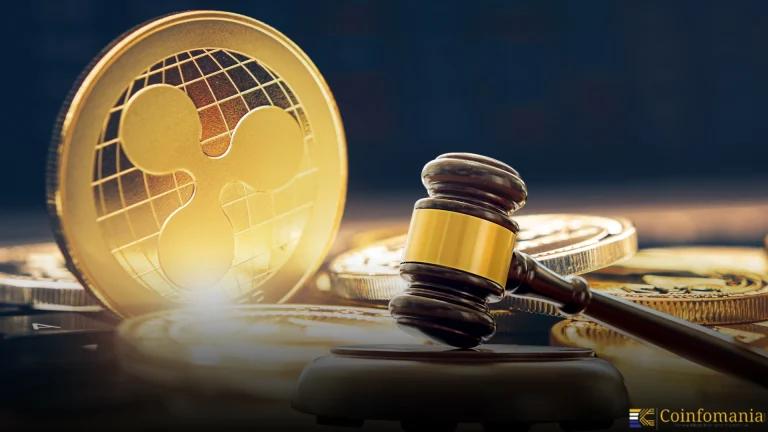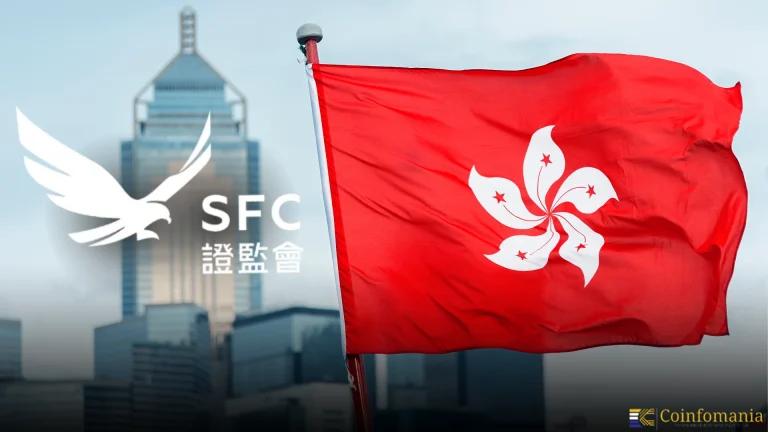Cryptocurrency Regulation in Guatemala
The country of Guatemala is on its way to an official regime of crypto as Bill No. 6538 was presented to the Congress in June of 2025. According to the draft of the Cryptocurrency Law, the circulation of cryptocurrencies would be permitted and would be voluntary to use these instruments as a means of payment, […]

The country of Guatemala is on its way to an official regime of crypto as Bill No. 6538 was presented to the Congress in June of 2025. According to the draft of the Cryptocurrency Law, the circulation of cryptocurrencies would be permitted and would be voluntary to use these instruments as a means of payment, and the quetzal would be the only legal currency.
The proposal of 15 articles also outlines exemptions to taxation of small personal trades, the obligation of corporate reporting and subjection of all virtual-asset platforms to the Superintendence of Banks (SIB).
Historical Context
2017 Central-bank warning: Banco de Guatemala issued a warning that Bitcoin and other tokens were not legal tender and that users were advised to take all the risk.
2022 The Bitcoin Lake is born: A grass-roots circular-economy initiative around Lake Atitlan convinced dozens of businesses to accept BTC, with practical use even though it is legally unclear.
May 2025 – Bill 6538 tabled: The bill by congressional sponsor Shirley Rivera was aimed at controlling use, exchange and storage of crypto-assets in the country.
May 2025 Banking rails launch: Banco Industrial integrated SukuPay USDC rails in its Zigi app, providing Guatemalans with sub-$1 instant U.S. remittances.
Regulatory Framework
The governmental control would be shared by four bodies:
- Superintendence of Banks (SIB): The main licensing institution of exchanges, wallets and other providers of virtual-asset services (VASPs).
- Banco de Guatemala: Maintains control over the monetary policy and publishes risk warnings.
- Tax Administration (SAT): Receives profit taxes and plans the crypto gains tax rules in the future.
- Financial Intelligence Unit (IVE): Gets the suspicious-transaction reports and implements the anti-money-laundering (AML) thresholds that are copied after FATF criteria.
Guatemala Crypto Policies
- Legal status: It is legal to possess or exchange crypto peer-to-peer, but the tokens are not legal tender to use as an invoice.
- Taxation: Small personal transactions are exempted of capital-gains tax; corporate transactions are taxable.
- Exchanges: National or international exchanges have to enroll with SIB, correspond to cybersecurity standards as well as submit quarterly audits.
- Mining: Not specifically controlled; the price of energy and grid dependability constrains large-scale mining.
- State projects: No CBDC pilot, but the Banco Industrial SukuPay integration demonstrates a formal willingness for stablecoin rails to remit.
Crypto Innovation Approach
The developers concentrate on mobile-first, low-bandwidth tools that even function with 2G networks. In Lake Atitlán, traders will take Lightning payments through low-cost Android devices, and organizations protecting the environment will mine bitcoin using waste cooking oil. SukuPay, a company in the capital, conceals the complexity of blockchain within a bank application, and it can transfer USDC using only a phone number, which regulators see as a sandbox that enables compliant fintech.
Challenges and Issues of Note
Regulatory vacuum: There is no clear licence path to start-ups until Bill 6538 is passed and this has seen activity move offshore.
Financial literacy gap: A large number of rural Guatemalans have no knowledge of how to assess volatile assets, which increases fraud.
Enforcement of AML: The presence of the informal, cash-dominated remittance channels makes it difficult to monitor suspicious transactions despite the new reporting channels.
Strain in infrastructure: Rural areas have frequent power cuts which discourage any serious investment in mining.
Important Regulatory Trends and Prospects
The bill is likely to be debated in late 2025; the lawmakers are already considering an amendment that will limit the fee charged on crypto-fiat conversion. An interim advertising ban on unlicensed platforms has been floated by SIB until the rules come into effect. The central bank is monitoring PAPSS settlement criteria, which opens the possibility of trade in regional stablecoins after the existence of a licence category.
Conclusion
Guatemala finds itself in a critical place: grassroots use and bank-quality stablecoin rails are entering the country more aggressively than the law. A realistic licensing regime may be able to harness this power into open remittances and fintech development; overly restrictive measures would probably send users into further gray markets and beyond the reach of supervision.
FAQs
1. Does Guatemala accept cryptocurrency?
No. The quetzal only is legal tender; crypto can only be used voluntarily without the attribute of the compulsory payment.
2. Are people allowed to possess Bitcoin in Guatemala?
Yes. Peer-to-peer trading and ownership are both legal but are not regulated.
3. What is the requirement of exchanges under Bill 6538?
Registration in SIB, demonstration of cybersecurity controls and regular audits.
4. Do personal crypto gains get taxed?
The draft bill will be exempted on gains of small personal transactions; profits will be subject to tax in business.
5. Was it in 2017 that the central bank prohibited crypto?
There was no prohibition, but the bank cautioned that the crypto trading was at a risk to the users.
6. Is mining illegal in Guatemala?
Mining is allowed but electricity is expensive and the grid is unreliable.
7. Is Guatemala going to introduce a CBDC?
There is no official pilot of CBDC announced; policymakers monitor progress in the region.
8. What is the size of the crypto-remittance market?
It has remittances of more than US$21 billion annually; the USDC rail at Banco Industrial is now aiming at that remittance flow at less than US$1 per transaction.
9. Would Guatemalans be able to participate in foreign ICOs?
It is not directly prohibited, yet many projects tend to geoblock Guatemala in order to comply with the regulations and therefore residents use VPNs at their own risk.
10. At what time will explicit rules be implemented?
Provided that Congress enacts Bill 6538 during this session, SIB anticipates publishing secondary rules in the middle of 2026.
Follow us on Google News
Get the latest crypto insights and updates.
Related Posts

Ripple Highlights Custody as Key to $18.9T Tokenized Assets by 2033
Shweta Chakrawarty
Author

Hong Kong SFC Issues New Custody Rules for Crypto Platforms
Shweta Chakrawarty
Author

South Korea and Vietnam eye $150B trade despite Trump tariff
Shweta Chakrawarty
Author